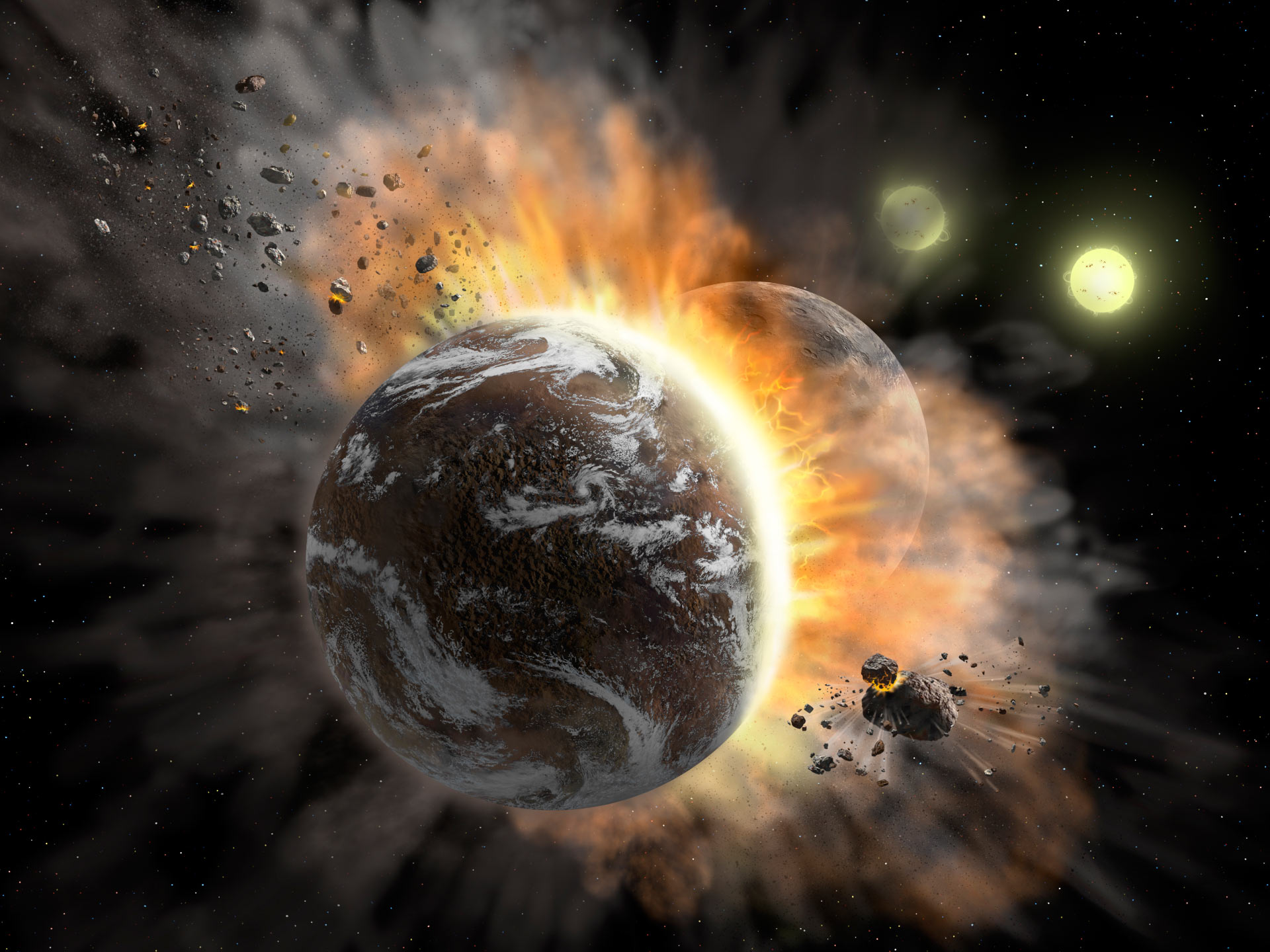
NASA’s Stratospheric Observatory for Infrared Astronomy (SOFIA) has seen more evidence of a planetary graveyard in the BD +20 307 binary star system. Experts believe the dusty debris disk around the stars they have spotted is the result of two rocky exoplanets colliding and smashing into tiny particles.
The BD +20 307 system is located 300 light-years away and consists of two stars similar to our Sun orbiting around a common center of mass. With the stars clocking in at at least one billion years old, the system is considered to be a mature stellar system, so astronomers were surprised to observe warm dust around the stars because this is usually associated with younger stellar systems.
The unexpected warm dust in the system was first observed in 2005, but recent observations using SOFIA showed that the infrared brightness of the debris increased by more than one-tenth, indicating an increase in the level of warm dust. This supports the astronomers’ supposition that the system was the site of a catastrophic collision between two exoplanets which happened relatively recently.
“The warm dust around BD +20 307 gives us a glimpse into what catastrophic impacts between rocky exoplanets might be like,” lead author Maggie Thompson, a graduate student at the University of California, Santa Cruz, said in a statement. “We want to know how this system subsequently evolves after the extreme impact.”
After the two planets smashed together, they disintegrated into the dust cloud which now surrounds the stars. There is around 1 million times more dust in the BD +20 307 system than there is in orbit around our sun, and the dust is notably fine, being made up of tiny particles. “It’s as if Earth and Venus collided,” researcher Benjamin Zuckerman, UCLA professor of physics and astronomy, said to space.com when the dust was first discovered.
Regarding the system now, “This is a rare opportunity to study catastrophic collisions occurring late in a planetary system’s history,” co-author Dr. Alycia Weinberger, a staff scientist at the Carnegie Institution for Science, said in the same statement. “The SOFIA observations show changes in the dusty disk on a timescale of only a few years.”
The findings are published in the Astrophysical Journal.



